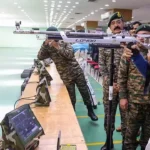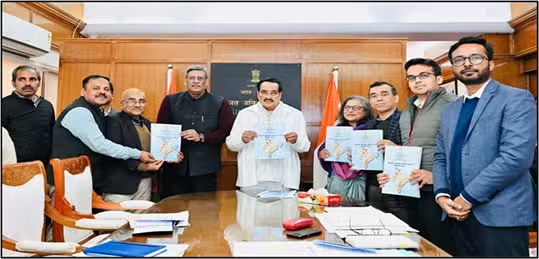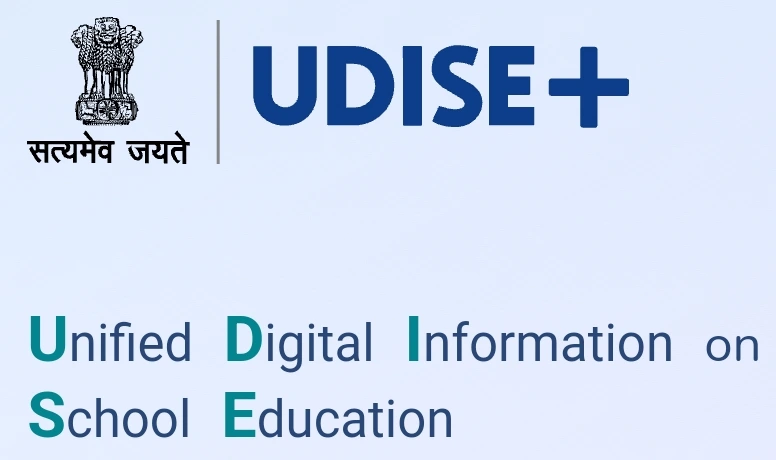Union minister Ashwini Vaishnaw, addressing the media and cleared the proposal to hold One Nation One election in India in two phases the first will cover Lok Sabha and Assembly elections, and the second, which will be held within 100 days of the first, will cover local body elections. simultaneous elections recommended by a high-level committee headed by former President Ram Nath Kovind.
Recommendations of Committee on One Nation One election (Simultaneous Elections)
The committee has acknowledged that this Bill deals with subjects on which states have the primary power to enact laws.
1. Transition to simultaneous polls
The panel recommended amendments to Article 83 (duration of Parliament) and Article 172 (duration of State Legislatures) to account for scenarios like a hung assembly or no-confidence motion.
2. Mid-term Elections
The panel recommended holding simultaneous elections for the Lok Sabha and State Assemblies as a first step, followed by municipal and panchayat polls within 100 days of the general election.
3. Single electoral roll
A single electoral roll for Lok Sabha, State Assemblies, and local bodies was proposed to streamline the election process, requiring coordination between the Election Commission of India (ECI) and State Election Commissions (SECs).
4. Election Commission Role
The ECI can recommend delaying certain state elections but must align them with future simultaneous elections.
5. Amendments to synchronize elections
The panel suggested 18 amendments to synchronize elections, most of which do not require ratification by State Assemblies but will require a two-thirds majority in both Houses of Parliament.
Advantages of One Nation One Election
1. Cost Efficiency
Conducting all elections simultaneously minimizes expenses on logistics, security, and campaigning. In 1951 elections, 53 political parties contested and the expense declared was 11 crores, On the other hand In recent 2019 elections, 610 political parties contested and the expense as per ADR is 60,000 crores.
2. Better Governance
Simultaneous polls would allow governments to focus on governance rather than being in continuous election mode. The entire State and District level administrative and security machinery will be busy with the conduct of elections twice in a period of five years as per the current practice. Large numbers of teachers are involved in the electoral process which causes maximum harm to the education sector.
3. Voter Convenience
Voters and political parties will face fewer disruptions caused by the constant election cycle, leading to more stable and efficient governance. simultaneous elections ensuring increase turnout and convenience at the national level for voter.
4. Economic Benefits
By reducing the frequency of elections, resources can be allocated more effectively toward development and economic growth.
Limitations of “one nation one election”
1. Anti-federalism
Combining assembly elections with general elections risks submerging regional issues under the national narrative, potentially undermining local representation especially those governed by non-dominant parties at the national level, may feel marginalised or inadequately represented in a synchronised election scenario.
2. Constitutional Challenges
Critics emphasize that the changes required would demand significant amendments to the Constitution and may face legal and political challenges, including garnering the required majority in Parliament. like that-
- Article 83 of the Constitution provides for the tenure of both Houses of the Parliament (Lok Sabha and Rajya Sabha).
- Article 83(2)11 provides for a term of five years for Lok Sabha, from the date of its first sitting unless dissolved earlier.
- Article 172 (1) provides for five year tenure for State Legislative Assembly from the date of its first sitting
3. Logistical Concerns
Managing elections for both national and local bodies across a large and diverse country like India would pose logistical difficulties. It would require greater numbers of electronic voting machines (EVMs) and voter-verifiable paper audit trail (VVPAT) machines and also concerns of entails significant logistical arrangements, including security deployment, electoral roll preparation, and polling booth management.
4. No Guarantee to reduce expenditure
Simultaneous elections may reduce the expenditure incurred by the Election Commission. However, there is no guarantee that the expenditure of the political parties will be reduced. Political parties may spend the entire fund at once rather than in phases.
5. Voter’s choice and interests
Some fear that simultaneous polls may result in the overshadowing of local issues by national politics, potentially harming the representation of state-specific concerns. One Nation One election may shift voter focus to national issues, potentially favoring larger national parties over regional ones. This could marginalize regional parties and diminish voter interests.
Conclusion
‘One India One Election’ would be a good change if it could be carried out with the proper execution of policies and rules, taking care of the rising need for good administrative staff and security. This move aims to streamline the electoral process, reduce costs, and ensure governance continuity. However, its implementation will require broad consensus and legislative changes, making it a complex yet transformative shift in India’s democratic framework.
Sources:-












